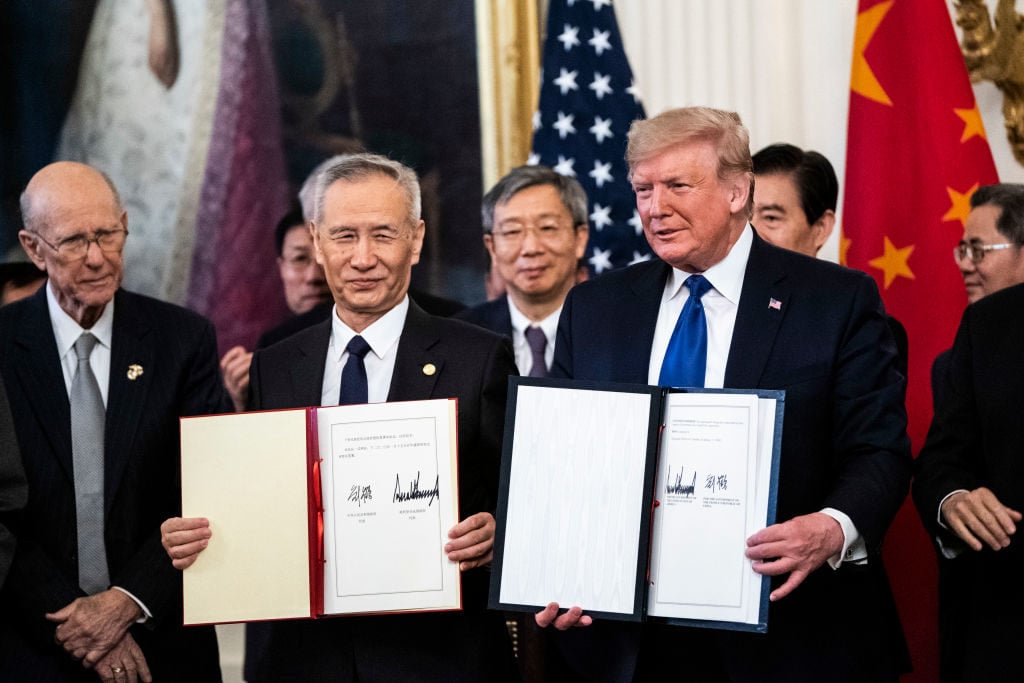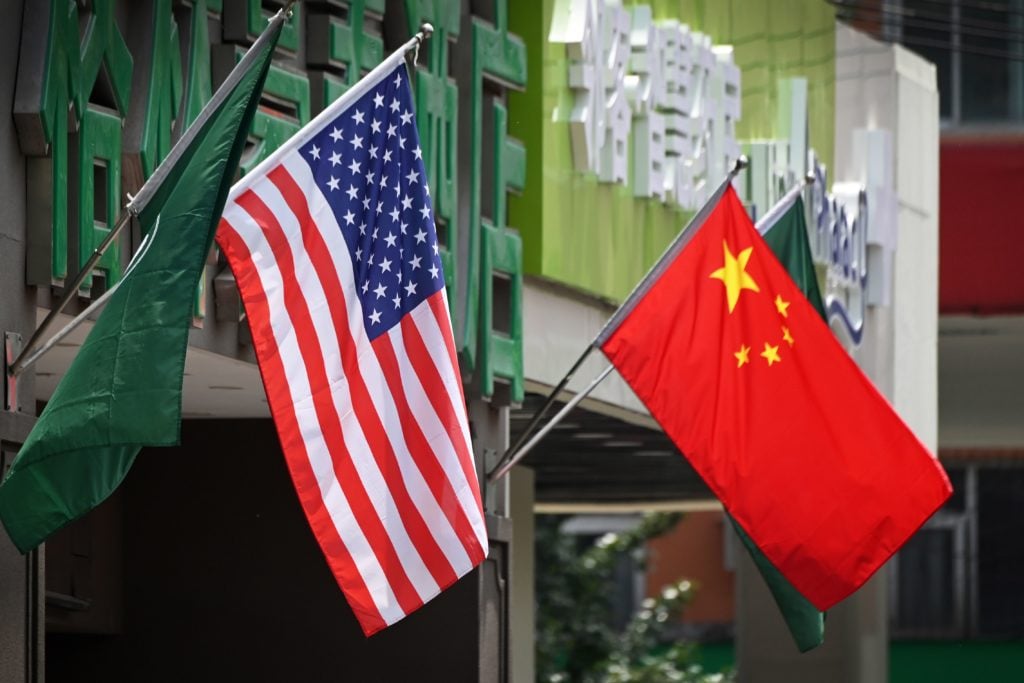Politics
The US–China Trade Agreement Has Been Hailed as a Boon for Business—But Buyers Will Still Have to Pay Steep Tariffs on Chinese Art
Despite a cut in the tariff rate, import taxes on art remain high.

Despite a cut in the tariff rate, import taxes on art remain high.

Taylor Dafoe

In Washington last week, the US and China finally agreed on the first phase of a trade deal that effectively ended a 20-month standoff between the two countries. The initial agreement did nothing to eliminate or decrease the 15 percent import tax that the Trump administration slapped onto $120 billion worth of Chinese goods last September, causing a collective sigh among dealers who traffic in art and antiques produced in the Asian country.
But there is some good news for dealers and collectors on the horizon: though the agreement made no mention of tariff reduction, the Office of the US Trade Representative (USTR) has since published a Federal Register notice stating that, as of February 14, the 15 percent tariff currently levied on Chinese goods will be sliced in half, to 7.5 percent. The declaration made good on a previous announcement by the USTR to modify the tax in a “significant way.”
But while the tariff might be lower now, though that won’t stop dealers from continuing to fight it.
In November, immediately after the three-month window for exclusion applications opened, Christie’s filed a request to be exempted from the tax. Zetterquist Galleries, a 28-year-old enterprise that specializes in Asian ceramics, followed suit later that month, while Sotheby’s and New York’s J.J. Lally & Co. Oriental Art sent their own requests in December.

The US and Chinese flags displayed outside a hotel in Beijing. Photo: Greg Baker/ AFP/Getty Images.
At least six other galleries and trade organizations, including New York dealer Michael C. Hughes, Sante Fe gallery TAI Modern, and the British Antique Dealers’ Association, have submitted replies in support of Christie’s and Sotheby’s public filings.
The window for applications closes on January 31. As of now, none of the businesses that requested exclusions have heard from the USTR on whether they’ve been granted their requests.
“The USTR may respond at any time it chooses to do so,” Lally says. “No one knows when.”
“We don’t have a clear timeline on next step but anticipate it may be a couple of months,” echoed a representative from Christie’s.
The fear among dealers is that the tariffs, even at a lowered rate, will simply send business out of the US and back to China.
“If the intention of the tariff is to have a negative effect on the Chinese economy, it will achieve the opposite outcome since the tariffs will only help China to consolidate its control over the international trade in Chinese antiques,” writes Amy Weber, director of communications at TAI Modern, in a public response to Sotheby’s request.
“I understand these tariffs are intended to force China to the bargaining table on larger issues related to the economy,” writes Katherine Martin, director of New York’s Scholten Japanese Art, in a reply of her own. “However, these tariffs are having the opposite effect and are hurting the United States’s standing as a leader in the international art market and [the tariffs will] drive business elsewhere.”
Editor’s note: this article has been updated to reflect the USTR’s tariff modification notice, issued on January 16, 2020.